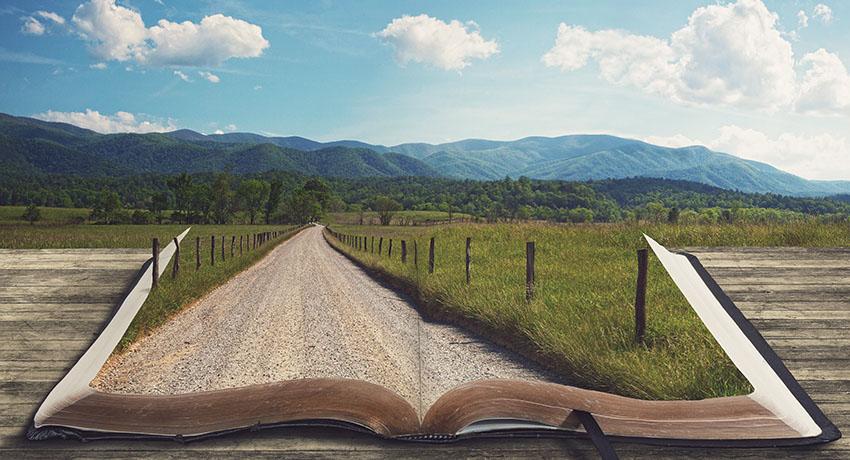Inspirational Camino Books
Hiking the Camino de Santiago is more than just a physical challenge. It is also a transformational experience that can change your life in unexpected ways. Many pilgrims have written about their journeys on the ancient trail that crosses Spain, France and Portugal, sharing their insights, struggles and joys. In this article, we suggest three of the most inspirational books on el Camino de Santiago, and show you how they can inspire you to embark on your own adventure.
The first book is The Pilgrimage by Paulo Coelho, a Brazilian author best known for his novel The Alchemist. Coelho walked the Camino in 1986 as part of a spiritual quest to find his sword, a symbol of his initiation into a mystical order. Along the way, he faced many trials and temptations, learned valuable lessons from his guide Petrus, and discovered the true meaning of his journey. Coelho's book is a blend of fiction and autobiography, infused with his own philosophy and spirituality. He writes:
The Camino de Santiago is not only a physical road that crosses mountains and valleys; it is also an inner path leading to self-knowledge. It is a journey that tests our endurance, our ability to adapt, and our faith in ourselves and in God. It is a metaphor for life itself.
One of the most memorable passages from his book is when he describes the ritual of crossing the Pyrenees, the mountain range that separates France and Spain. He says:
The Pyrenees represent the first great test for anyone who wants to walk the Road to Santiago. They are high mountains that demand respect and preparation; they are also a natural barrier between two different worlds: Europe and Spain. To cross them means to leave behind everything that is familiar and comfortable, and to enter a new reality full of challenges and surprises.
The second book is I'm Off Then by Hape Kerkeling, a German comedian and TV personality who walked the Camino in 2001 after suffering a burnout. Kerkeling's book is a humorous account of his experiences on the trail, where he met many colorful characters, encountered various difficulties and mishaps, and had some profound revelations. Kerkeling's book is a refreshing contrast to Coelho's mystical approach, as he shows that the Camino can also be fun, entertaining and lighthearted. He writes:
The Camino de Santiago is not only a pilgrimage for religious people; it is also a journey for anyone who wants to find themselves, to escape from their daily routine, and to have some adventure. It is a way of reconnecting with nature, with other people, and with yourself. It is a source of joy and laughter.
One of the most hilarious passages from his book is when he describes his encounter with an eccentric Italian pilgrim named Alberto, who claimed to be a descendant of Charlemagne and who carried a huge backpack full of unnecessary items. He writes:
Alberto is one of those people who make the Camino unforgettable. He is so enthusiastic about everything that he makes me laugh even when I'm tired or annoyed. He is also so naive that he believes every legend and miracle that he hears along the way. He is like a child who sees the world with wonder and curiosity.
The third book is The Way to Santiago by Kim Hyo Sun, a Korean journalist who walked the Camino in 2010 as part of her research for a documentary. Kim's book is a personal and honest account of her struggles and achievements on the trail, where she faced physical pain, emotional turmoil and cultural differences. Kim's book is a realistic and relatable portrayal of the Camino as a modern-day pilgrimage that can help anyone overcome their fears and doubts. She writes:
The Camino de Santiago is not only a historical route that connects different cultures and traditions; it is also a personal challenge that requires courage and perseverance. It is a journey that confronts you with your own limitations, your own weaknesses, and your own potential. It is an opportunity to grow as a human being.
One of the most touching passages from her book is when she describes her arrival at Santiago de Compostela, the final destination of the Camino where the remains of Saint James are said to be buried. She says:
Santiago de Compostela is not only a city full of history and art; it is also a place full of emotion and gratitude. It is where you realize that you have accomplished something extraordinary, something that you will never forget. It is where you feel proud of yourself, but also humble before God. It is where you cry tears of joy and relief.
I hope you find your inspiration for this year’s journey inside these texts and you have a fun and fulfilling Camino trip. Can’t wait to hear your own accounts of this journey.

